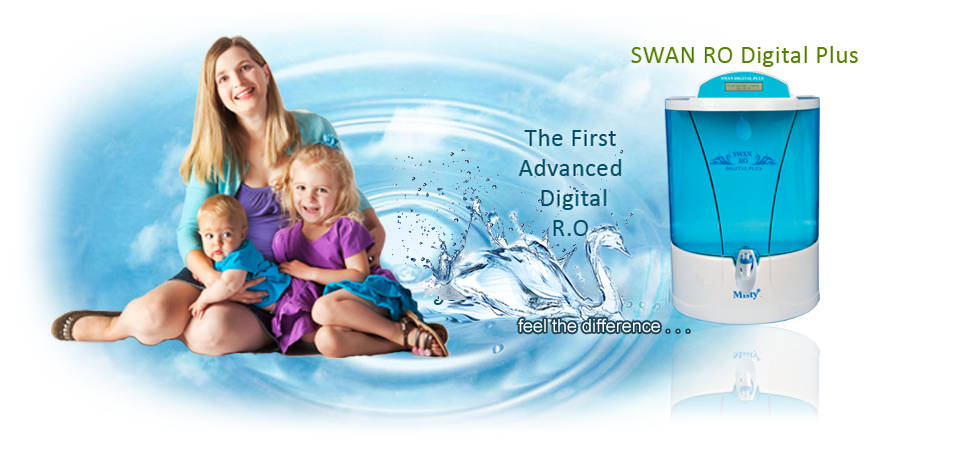
Biofouling
Cleaning Procedure
There are seven steps in cleaning elements with biofouling.
- Make up the cleaning solution listed from Table 6.8.
- Introduction of the cleaning solution.
- Recycle.
- Soak.
- High-flow pumping.
- Flush out.
- Restart.
Table 6.7 Organic fouling cleaning solutions
Cleaning solutions |
Solution |
Preferred |
0.1 wt % NaOH pH 12, 30°C maximum |
Preferred |
0.1 wt % NaOH 0.025 wt % Na-DDS pH 12, 30°C maximum |
Alternate |
0.1 wt % NaOH 1.0 wt % Na4EDTA pH 12, 30°C maximum |
Cleaning chemical formula in order used: NaOH is sodium hydroxide; HCl is hydrochloric acid (muriatic acid); Na-DDS is sodium salt of dodecylsulfate; sodium laurel sulfate; Na4EDTA is the tetrasodium salt of ethylene diamine tetraacetic acid and is available from The Dow Chemical Company under the trademark VERSENE 100 and VERSENE 220 crystals.
Additional Information
By experience, the cleaning solution of Na4EDTA with caustic has been found to be slightly less effective than a standard caustic solution or a solution of caustic and Na-DDS. For any solution, contact time is critical. Several overnight soaks may be necessary to restore the system performance. After the elements are clean it is very beneficial to clean one additional time to clean off the last remaining biofilm layer on the surface of the membrane. Any remaining biofilm will tend to attract and trap dirt, so an extra cleaning will increase the time between cleanings. In the event of severe biofouling, slug dosing of a biocide may be required to enhance the results of the cleaning procedure. When biofouling is an operational problem, regular sanitization procedures as described in Sanitizing RO/NF Membrane Systems (Section 6.8) are recommended after cleaning.

